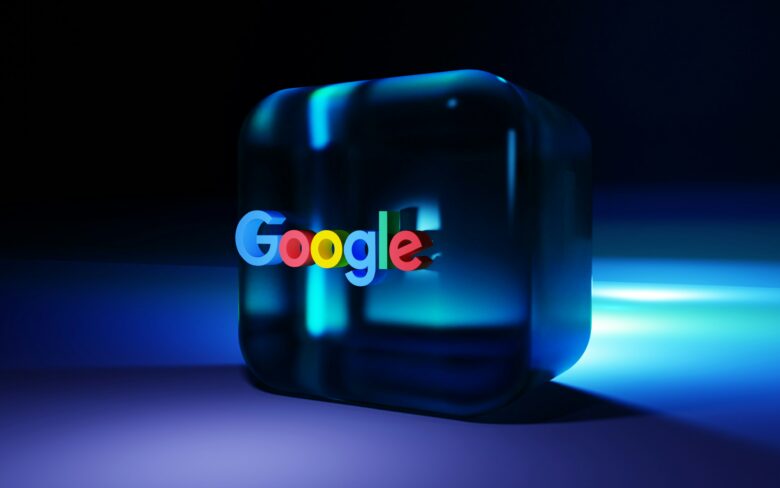Google AI Mode rolls out in Europe, unsettles publishers

Those who believe that the launch of ChatGPT was the decisive turning point in the AI era should also mark October 8, 2025, in red on their calendars. Because that’s when the world’s by far largest and most important search engine will be AI-powered—finally in Europe too.
This week, Google is rolling out its AI Mode in 38 new languages and over 40 additional countries, including Germany, Austria, Italy, the Netherlands, Poland, Spain, and Sweden. The enhanced AI search function, first introduced in the US in May, will be available to all users on desktop, mobile, and in the Google apps for Android and iOS in the coming weeks.
Hard Facts About the Launch
AI Mode utilizes the frontier capabilities of the Gemini 2.5 models and complements the AI Overviews already available in over 200 countries and territories. According to Google, more than 2 billion monthly users worldwide now use AI Overviews. The new feature is accessible as a separate tab on the Google search results page but is not set as the default search mode.
According to the company, the development takes into account local preferences and cultural nuances. “Building truly global search goes far beyond simple translation. It also requires a deep understanding of local preferences and cultural nuances,” explained Hema Budaraju, VP of Product Management for Google Search, in an online presentation to European journalists.
Google’s Rationale: Advantages and Benefits
Google justifies the introduction by pointing to changing user habits. Since the launch of AI Overviews, the company has noticed a significant shift: “People are now asking longer, harder, more complex, more nuanced questions,” according to Budaraju. Queries are two to three times longer than traditional search queries. AI Overviews have already led to over 10 percent more searches for the corresponding query types—with an upward trend. What’s not mentioned is that this changed user behavior is primarily caused by ChatGPT, which now has 800 million weekly active users and is considered the biggest challenger to Google Search’s cash cow.
In any case: AI Mode is supposed to be able to answer questions that were previously impossible. The system uses a “query fan-out” technique that breaks complex questions into sub-topics and executes multiple search queries simultaneously. “This additional step allows us to display a broader and more diverse selection of helpful web content,” Budaraju explained. The feature offers multimodal capabilities, allowing users to upload images and ask questions about them.
Google emphasizes integration with the web: “AI Mode uses advanced reasoning to essentially break down your complex or tricky question […], allowing it to identify and access even more supporting websites than was previously possible,” said Budaraju. The company highlights that the experience focuses on “prominent links” so users can dive deeper into content.
From an advertising perspective, Dan Taylor, VP for Global Ads, argued: “These longer, more conversational queries also open up new opportunities for advertisers to be discovered.” The total number of searches, including commercial queries, has increased year-over-year, and over 60 percent of shopping queries focus on broad search intent.
Criticism: Traffic Losses for Publishers
However, the introduction faces significant concerns from publishers. Numerous publishers and analyses have reported organic traffic declines of up to 70% (more on this here). The central question is: How does the expansion of AI Mode align with Google’s mission to make information universally accessible if publishers could lose traffic as a result? There’s now even talk of the “death of the free web.”
Budaraju responded evasively to several questions about traffic losses. She pointed out that the experiences are “fundamentally designed to ensure that it’s not just a helpful AI answer, but also deep connections to the web.” Google is “more committed than anyone else in the industry to sending traffic to the web.”
Regarding data, Budaraju stated: “We’ve seen a lot of speculation and inaccurate data. We’ve seen a lot of speculation and inaccurate claims about traffic from search.” Traffic declines could have various reasons, including seasonal demand and changing user preferences. “From a search perspective, overall traffic to the web from search remains stable,” she emphasized.
The company also argues that AI-powered search expands the market. With over 5 trillion searches per year, 15 percent are new daily. Users are now asking questions that weren’t previously possible, meaning net new searches rather than just redistribution of existing queries.
Is Google Now a Publisher Itself?
Budaraju didn’t directly answer the question of whether Google becomes a publisher itself through AI Mode and is responsible for the content. When asked who is liable for erroneous AI Mode answers, she only referred to the structure of the feature: “These AI Mode and AI Overviews show an AI snapshot along with links to the web. And there are very easy, simple, direct ways for people to interact with web content.”
Google emphasizes that AI Mode is based on the same quality and safety systems developed over 20 years for search ranking and anti-spam. “We continue to test carefully and identify areas for improvement,” Budaraju explained. The system checks with Gemini’s reasoning capabilities whether “high-quality, trusted information” is being displayed.
The question about transparency regarding training data of the Gemini models according to the EU AI Act was not answered during the press briefing.
Ad Integration in Europe Ruled Out for Now
Advertisements are currently not available within AI Overviews or AI Mode in the EU. Dan Taylor explained: “We’re still in the testing phase of the ad experience there, and we’re currently only doing that in the US.” However, European advertisers could already benefit from AI-powered campaigns to reach users with changed search behavior (more on this here).
The confrontation between Google’s vision of enhanced, AI-powered search and content creators’ concerns about traffic and reach is likely to intensify with the European launch. While Google speaks of stable overall traffic numbers, publishers fear substantial losses. At a meeting of media managers on Monday evening at the Economic Chamber, fears about the launch of Google AI Mode were already clearly palpable. In November, the ÖWA figures will possibly show for the first time what effects Google’s AI search has on Austrian website traffic numbers.































